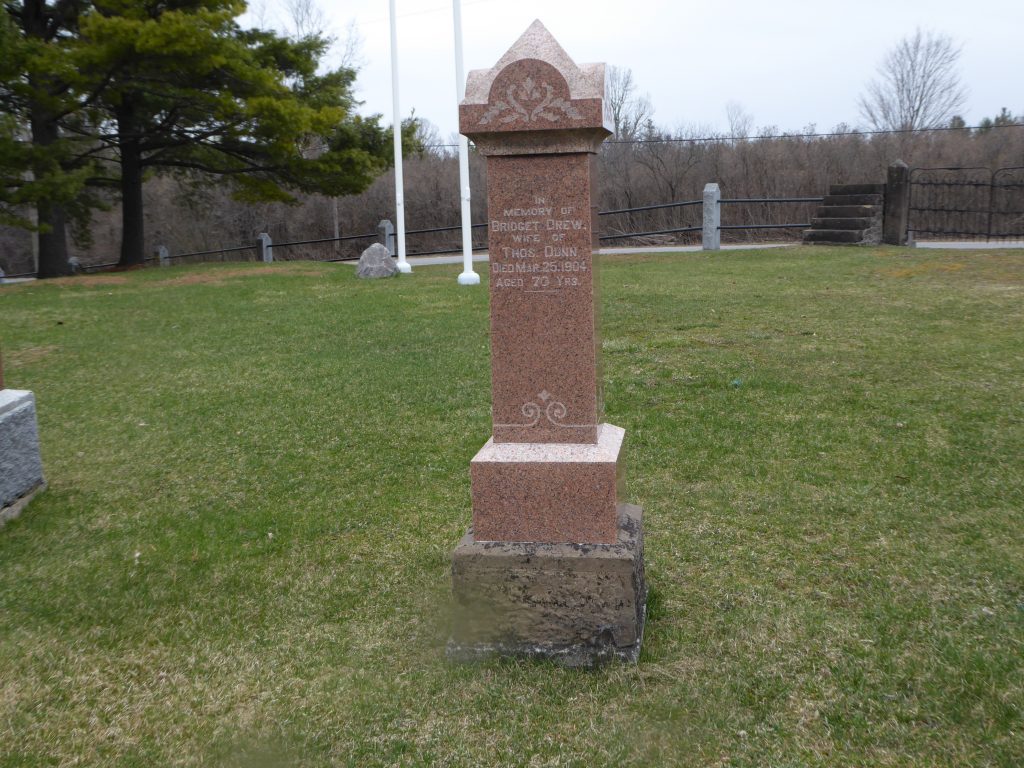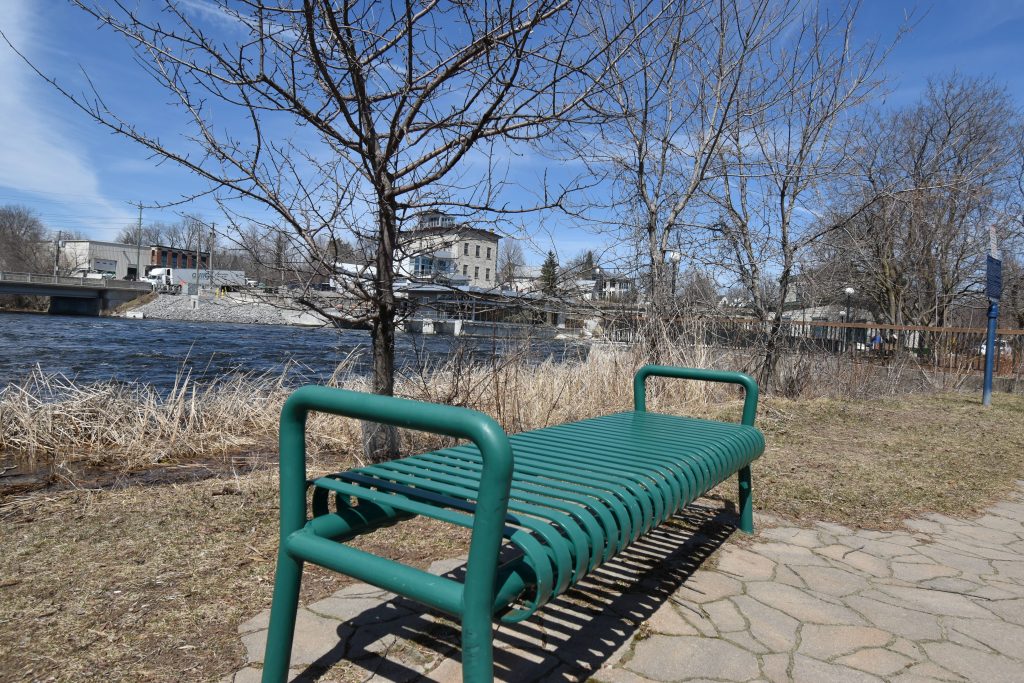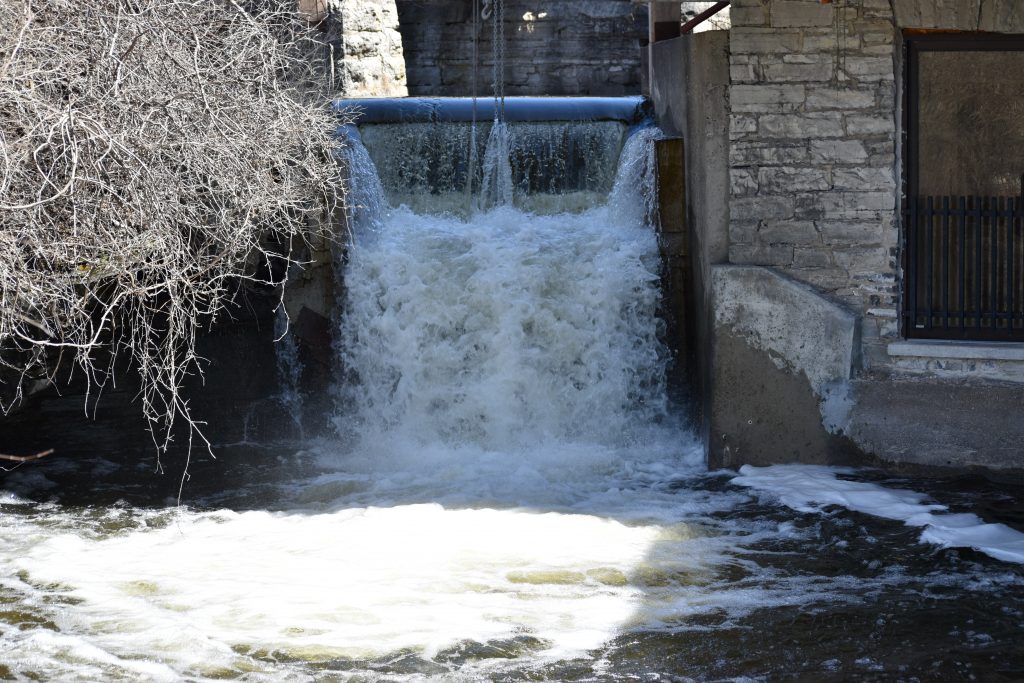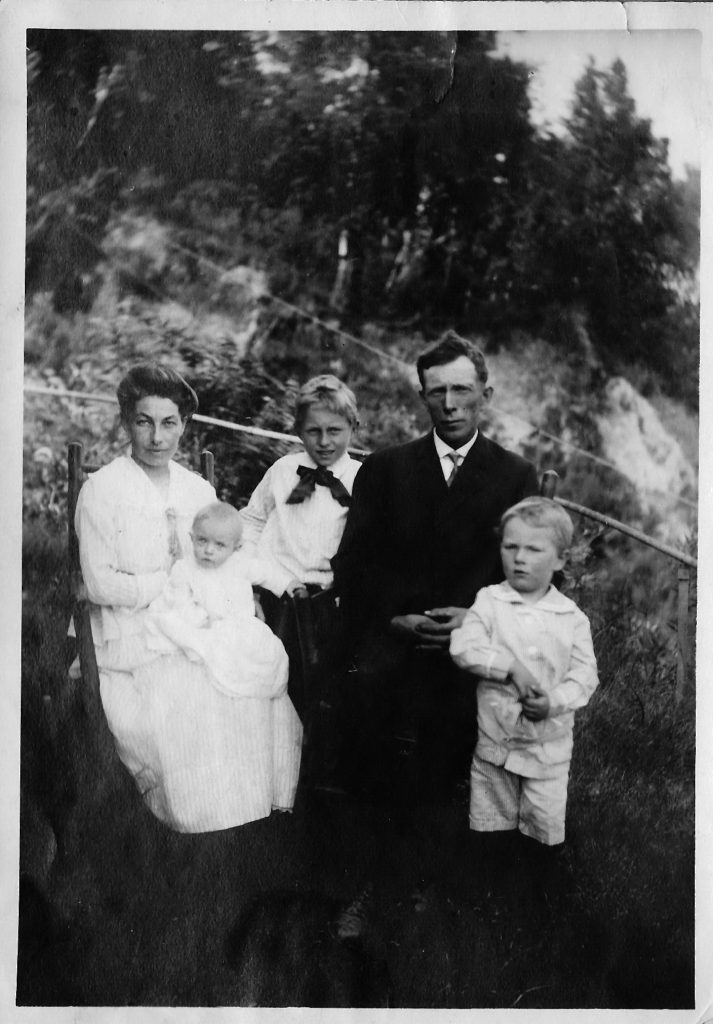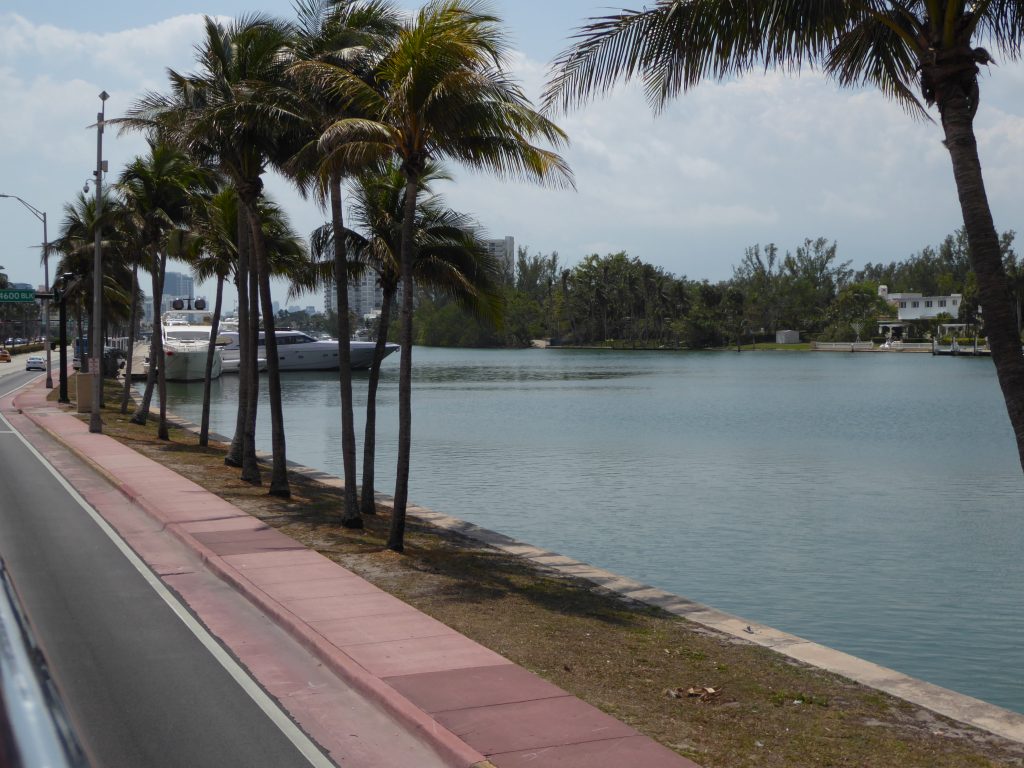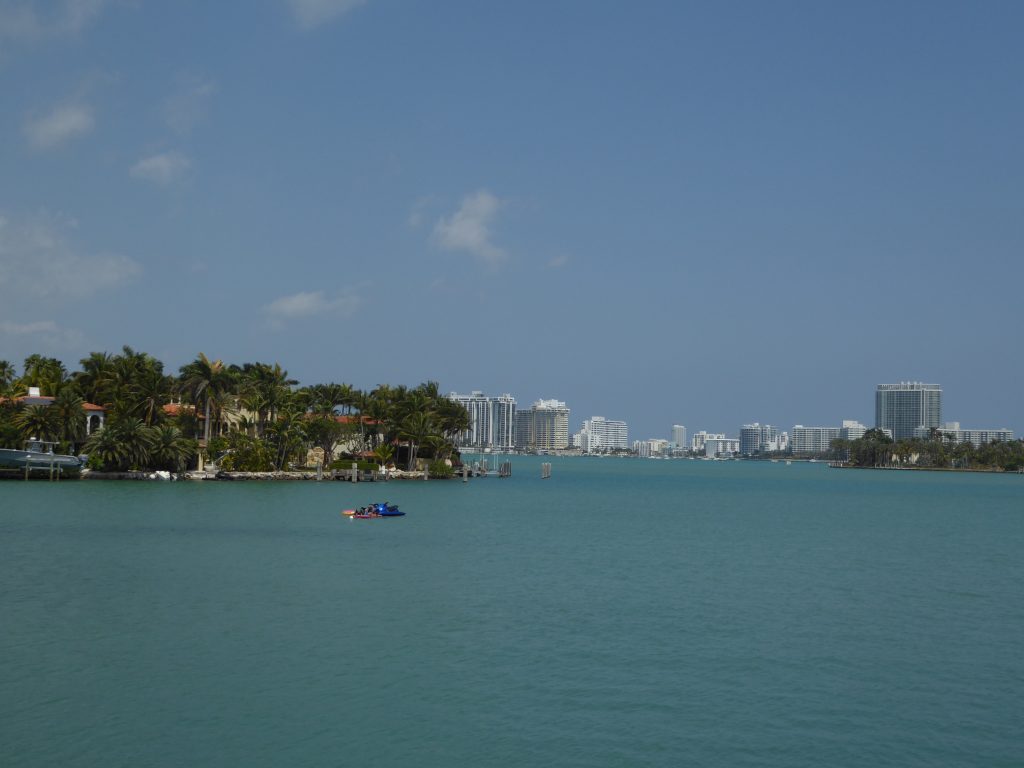
I was a late bloomer when it came to travel – I didn’t have my first plane ride until my early 20s and I never left North America until my mid-30s. Nevertheless, I have been going somewhere and seeing things for close to 50 years – even if it meant taking a simple car trip.
During most of that activity I had a camera along, and after all this time I have learned the two basic rules of travel photography:
- The perfect travel camera does not exist.
- If the perfect travel camera did exist, you would not be able to afford it.
Knowledge of these rules has not stopped me from taking photos – with various degrees of success and frustration. I thought I might write a bit about the cameras I’ve taken along over the years and how I made out with them. Here goes.
1970-1982 Yashica 35 mm rangefinder
I got this camera in Cobourg once I had saved enough money to buy something frivolous. It was a very simple automatic exposure device with 3 basic settings – sunny, cloudy and indoors. Oh, it also had some sort of flash setting although I had to buy the flash separately. No pop-up flash back then.
The Yashica was never that reliable about focus so I got a lot of duds. In good light and at infinite focus it did OK. (See picture above – Zermatt 1981.) Most of my photography back then was with color slides so I have a bunch I scanned over the years.
Flash shooting was an adventure in failure mostly. Flash sync was unheard of, the camera didn’t allow for any sort of manual control and I didn’t know much about the subject anyway. I’m amazed that anything turned out well.
My trip to Europe convinced me I needed better equipment. But what to get?
1983-2002 Nikon FE 35 mm SLR
Well, it came down to a choice between Canon and Nikon. I knew I wanted an SLR. I was leaning towards Canon, but a work colleague offered me a gently used Nikon FE.
This excellent camera revolutionized my photographic experience. I acquired a number of lenses for it – sadly I could not afford the real thing, so I got Vivitar zooms and a Kiron 28 mm to go with the Nikon 50 mm kit lens that came with the camera. At the end of the day I could go from 28 mm to 205 mm.
Everything except exposure was manual on the FE. I had to load film and crank the advance lever. Focusing was manual although Nikon gave you lots of help in the viewfinder. I never lost a photo because of bad focus – at least not for years.
This camera documented all our March break trips to Texas, Arizona and London in the 80s and 90s. By now I was shooting color print film so I have dozens of photo albums in my basement.
Back then the film was slow, and so were my cheapo lenses – so my best results still came in good light. Taking photos indoors without a flash never worked for me. I have some really horrible stuff from inside the Pantheon in Paris ca 2001.
I would probably have used the FE until the end of the film era except my eyesight began to fail in the 1990s. By 2000 I could not reliably focus the camera. What to do?
2002-2006 Nikon F80 35mm SLR
This might have been an opportune time to switch to Canon or Pentax but once a Nikonian always a Nikonian I guess. My F80 was and is a lovely camera – it was fully autofocus. I was still an analog man at this point since the early digital SLRs had some issues with resolution, sensor size and dust. It was the golden age of film – both Kodak and Fuji had excellent ISO 400 color print film and 1-hour photo labs were everywhere. Flash photography was a snap with Nikon’s automatic flashes.
I got some used Nikon prime lenses to go with my kit zooms and was all set. A fine set of glass, ability to take photos from 24 mm to 300 mm. I expected to go on for years with this kit. But it didn’t happen.
Three things changed my way of thinking about photography and travel:
- The digital era arrived in spades and computer technology was able to support the large number of digital images I could make.
- We changed our way of travel. Instead of going somewhere and staying for a week, we started to take cruise holidays. That meant I was schlepping a bunch of camera equipment off and on the ship every day. I needed to take a lot of film, and I worried about all the X-ray equipment.
- This stuff was heavy. In 2006 I took a camera, flash, and four lenses to the Baltics. I had 20 rolls of film and needed to buy more. After this cruise, I decided that my goal should be to experience the cruise ports rather than photograph them for National Geographic. It was time to go digital. A wonderful film system was stored away.
2007-2011 The Fuji Finepix Era
I had experimented with digital cameras in the meantime but up until 2007 I had never replaced my film SLR as a travel camera. I just found digital so unsatisfying and toylike when it came to images.
That changed when I got my Fuji Finepix S6000fd. It was a fine picture taker.

Mind you I took it some places where it was difficult to take a bad photo.
It was ironic that after all the years of shooting Fujifilm with Nikon that I went with a Fuji camera, but the S6000fd ticked a lot of boxes at the time. It was large and resembled an SLR – so it had a familiar look and feel. Its 28-300 35mm equivalent lens gave me adequate coverage. Its images had a nice Fuji appearance. And no dust on the sensor – bonus!
However, there is no perfect travel camera. The Fuji bridge unit had a wimpy electronic viewfinder, was a bit on the slow side, and its LCD screen was washed out in bright sunlight.
After a while, I got tired of its bulk and added to my travel camera collection a Fuji Finepix F480. This little camera took excellent images but was slow and frustrating to use – sort of a replay of my 1970s Yashica.

Got some nice photos with it though, if the lighting was right.
However this combination of big and bulky and small and sluggish wasn’t the answer. Time to change travel partners again.
2012-2016 Canon S90

Now we’re talkin’! In 10 years I went from 20 lb. of travel gear to a little box the size of a deck of cards. And it did this!
The S90 was a big upgrade from my previous travel cams. It had a nice sensor size for a small camera. It had a Canon lens. It was reasonably good in low light.
This little gem accompanied me on numerous Transatlantic cruises, to the Caribbean, and was my sole photographic tool for a cruise of a lifetime across the Pacific.
I’d probably still be using it except for one thing. It had a limited telephoto range and I missed that for photos at sea.

Oh sure, it was fine if the ship got close enough, but otherwise…
Well, I didn’t retire the S90 – my son-in-law has it now, and it was still clicking away on the last cruise with us. But there was one more thing I needed – decent telephoto.
2016 – Present Panasonic Lumix ZS50

No travel camera is perfect – but this one will have to do for a while. It’s lightweight, has a Leica lens and can go wide or insanely telephoto. I don’t have to worry about some nimrod trying to steal it – it looks like your typical $100 point and shoot. It still gives me some grief in low light (damn!) but I don’t think any small camera could give me as much bang for my buck as this Lumix.
It’s been across the Atlantic and down to the Caribbean and I’ve been happy to have it along.

It handles the ship traffic too. Not perfect, but hey…
So to sum up, I started out with a camera that frustrated my skill as a photographer. I now have equipment that probably gets frustrated by my lack of skill. I went from large and heavy and film based to tiny digital works of art. It’s been quite a ride, and I still have camera..will travel (for better or worse.)



